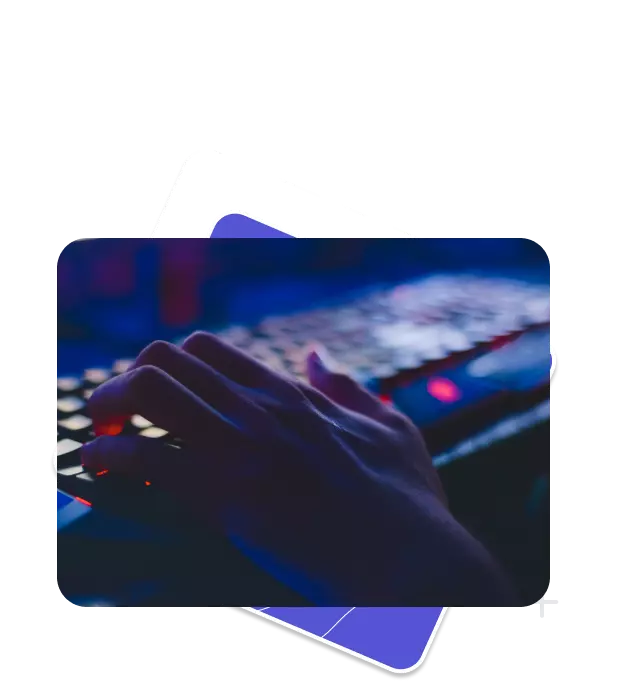The problem solving power of web design
Web design is becoming an increasingly popular career choice for those with a creative eye and a passion for problem solving. Not only does web design require creativity, but it also requires critical thinking skills to solve complex problems. Aspects like user interface (UI) and user experience (UX) are the core components of any successful website, and they can be the difference between success and failure. Let's take a look at how web design changes your perspective when it comes to problem solving.
Read more
